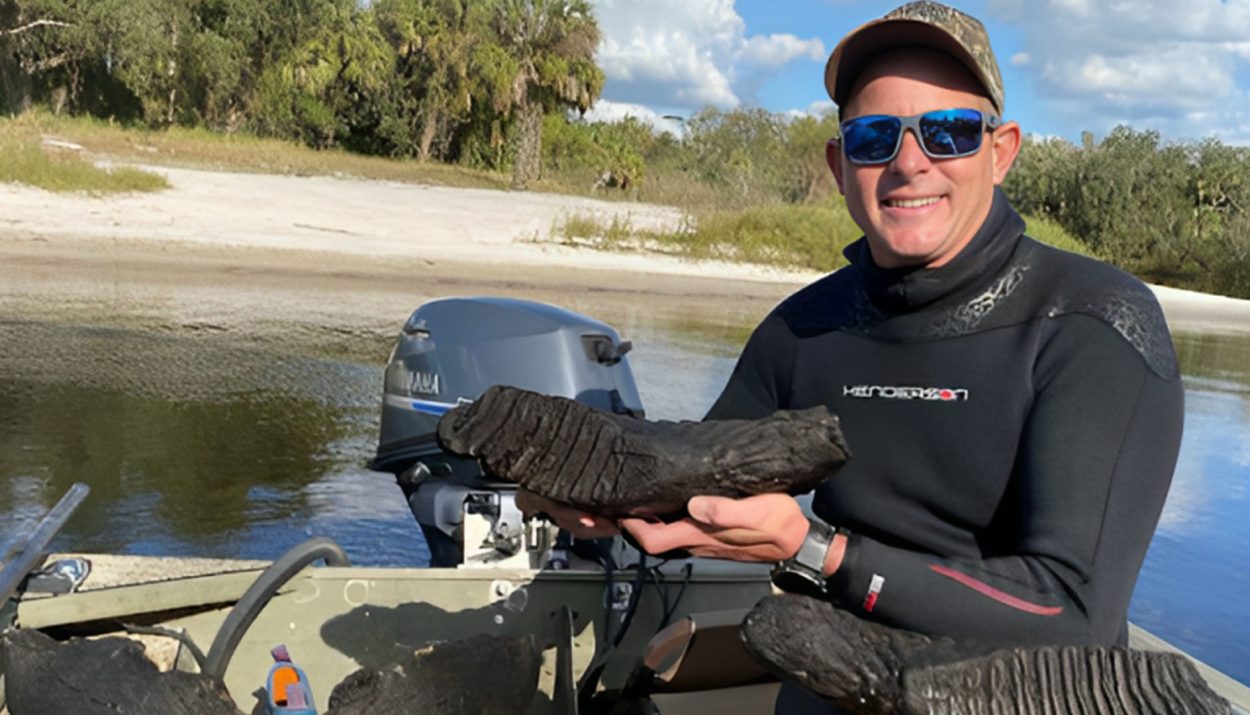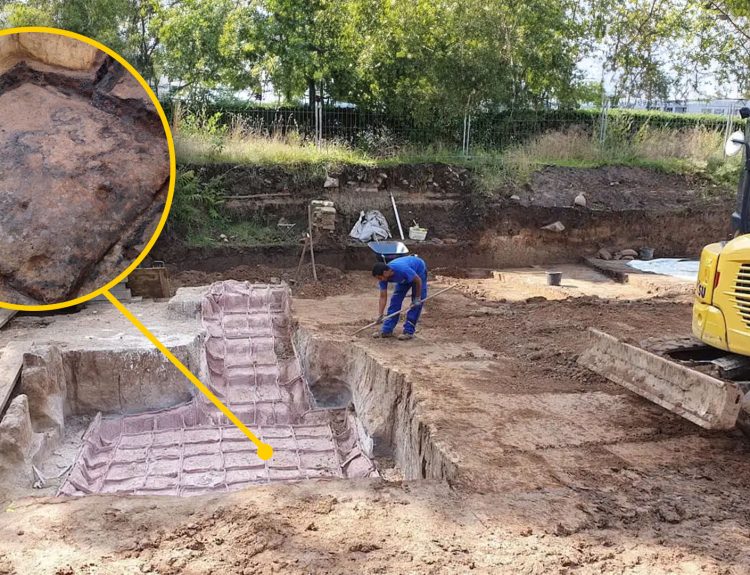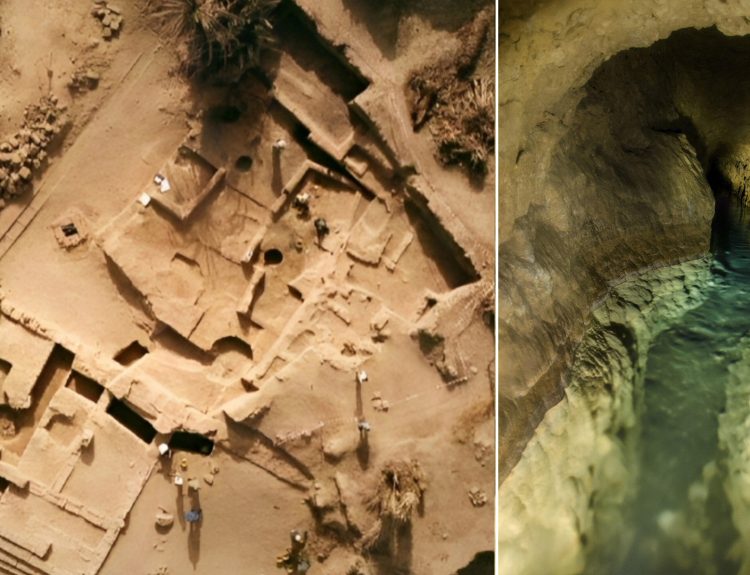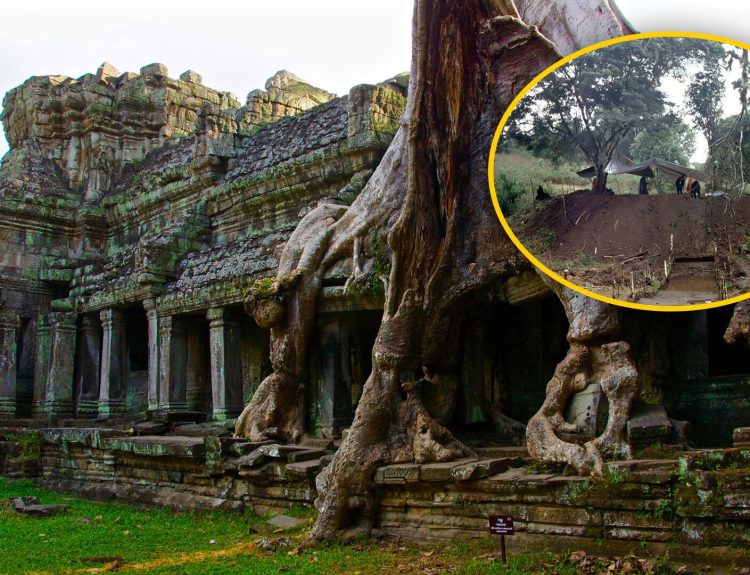Stories out of Florida are always so absurd to be this shade of unbelievable. Just because the story sounds unbelievable doesn’t mean it’s untrue, though, and a recent story out of Florida has made headlines for being both historically fascinating, and equally difficult to believe.
Not an Alligator Story, This Time
Many of the unbelievable stories around animals that come out of Florida have to do with alligators, and that makes sense. The Sunshine state is the home of many an American alligator, and it’s not uncommon to see the large lizards sunbathing on shore when out and about, either boating or swimming.
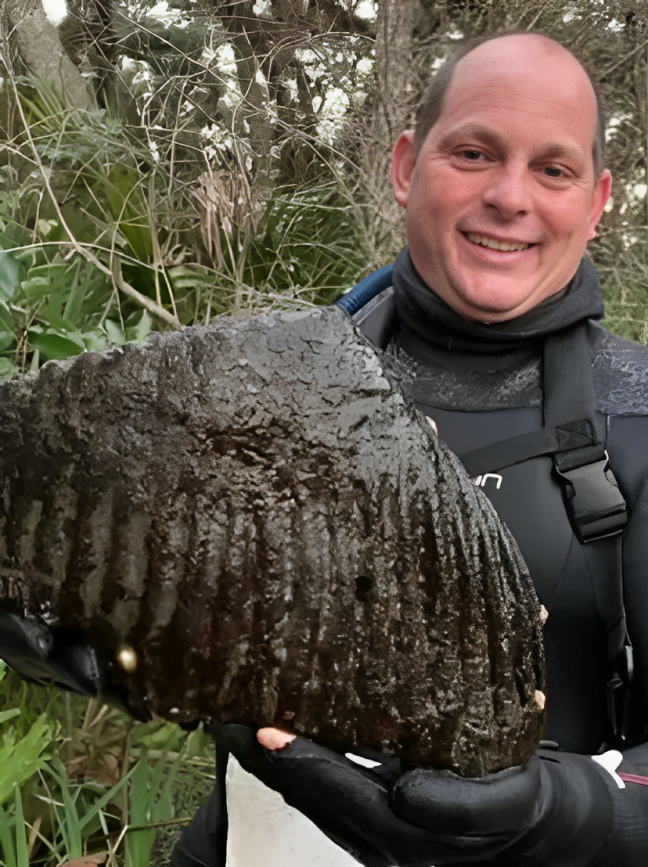
This story, though, has nothing to do with alligators, other than the fact that they were around when a self-proclaimed fossil enthusiast made a stunning discovery. John Kreastoulas was diving in the alligator-infested waters of the Peace river when he stumbled upon something incredible.
A Fascination Fostered From a Young Age
John has been fascinated by fossils ever since he was a young boy, an interest that he has fostered into a career. It began when he was a young boy, when his grandmother would take him to the library and let him dig around in the play fossil dig that they had there.

When he became an adult, he wanted to foster an interest in fossils for others, the same way he had when he was a kid. Colloquially known as “Captain John,” John now runs Fossil Hunting Dig and Dive, which charters digs and swims to look for ancient fossils locally.
Discoveries During a Winter Swim
It was during one of these digs that John made his discovery. He only swims for fossils during the winter time, due to the aforementioned gators in Florida. When the weather is cooler, because the reptiles are cold-blooded, they’re much more likely to be dormant and not attack John or his guests as they go fossil hunting.
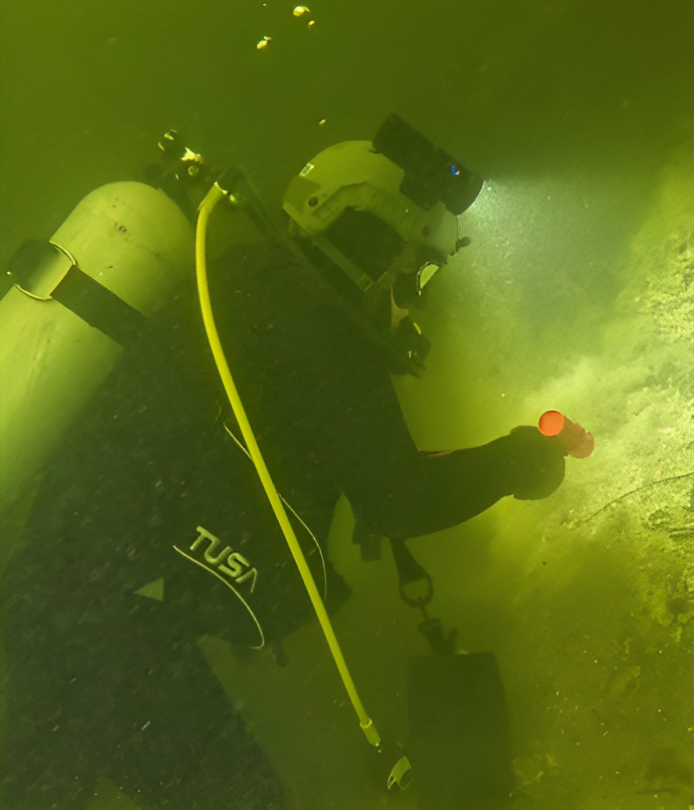
During a dig in early November, he did have a close encounter with a gator, but fortunately he had a friend there to pull him out of the water before tragedy could strike. That encounter didn’t stop the dig, though, and the next day, John was reaching for a log when he realized that it wasn’t a log at all.
The Tree Turned Out to be Something More
What John had initially thought was a large hunk of petrified wood floating in the river turned out to be an enormous mandible bone of a mammoth. John was stunned, especially when he hauled the bone onto his boat so that he could take a closer look.
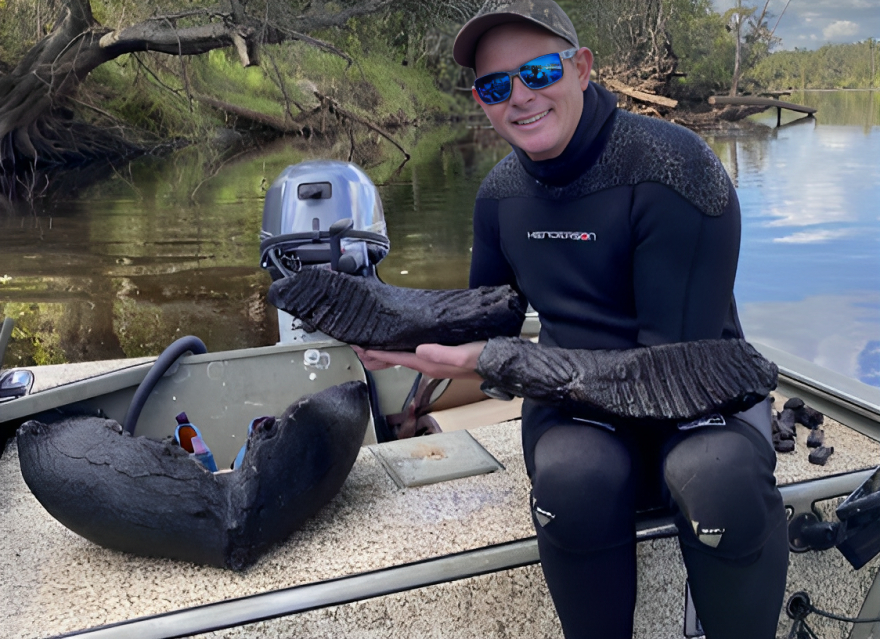
The bone weighed about 60 pounds and was found alongside a set of molars. It would be a stunning find without the teeth, but the teeth cement the finding as significant for John and other fossil collectors who are interested in prehistoric paleontology.
Mammoths Existed Thousands of Years Ago
Mammoths were megafauna – really big animals – that went extinct near the end of the Last Glacial Period. It’s believed that their extinction came about due to a combination of factors including warming temperatures and greater influence from early humans.

The last mammoths in North America are believed to be Columbian Mammoths, who were present in America during the Pleistocene Epoch. That would put them in North America between 13,000 and 10,000 years ago, giving a clue as to when John’s fossil could have originated.
A Gift for Science
John’s estimate of the age of the fossil is, indeed, around 10,000 years old, though it has yet to be dated by a formal agency. He doesn’t plan on keeping the fossil, though. As fascinating as the find is and as big of a boon it would be to be able to display it, John knows that his finding is bigger than just him and bragging rights.
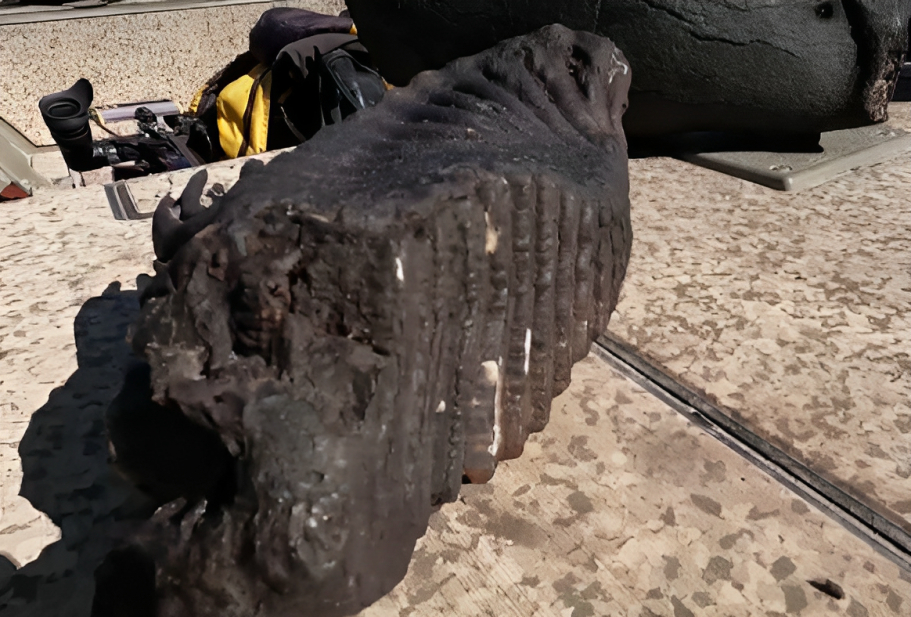
Because of the importance of the find, John plans on giving the fossil over to Ancient Artworks in Tampa, who have the staff and capabilities of restoring the fossil as well as attaching the set of teeth back onto it. They can also positively identify the fossil, as well as clinically date it beyond a mere guess.
A Paleontological Treasure
This finding is incredible for John and his business, as well as the fossil collectors that follow him. More than that, though, it further proves Florida as a hotbed for fossil research, which has been an up-and-coming field for the past several years.
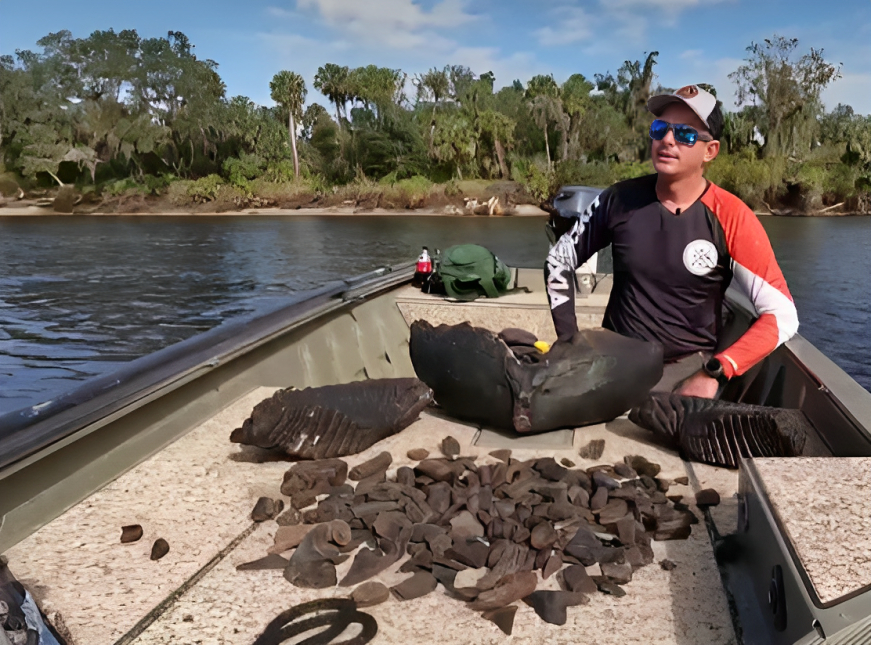
In fact, last year a large graveyard of ancient elephant ancestors known as gompothere’s was discovered in Florida. That finding was significant due to the fact that many of the skeletons that were found appeared to be fully intact. Researchers were stunned, and John’s discovery will only push research even further for paleontologists.
Not the First Mammoth Discovery Out of Florida
John’s discovery of the jawbone is not the first time that mammoth bones have been found in the Peace river. Back in 2021, a four-foot mammoth leg bone was discovered by divers in the River, suggesting that this may have been a significant area of activity for these enormous animals.
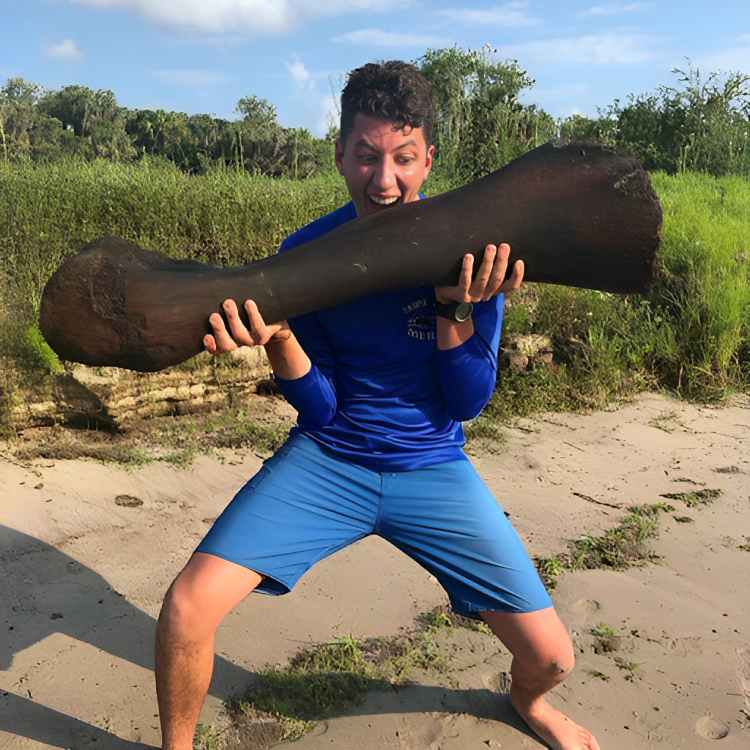
Florida is not the only hotbed of discovery for these massive fossils either. Earlier this year, a young girl in Russia discovered some wooly mammoth bones while fishing with her father, and miners in Canada found a rare cache of mammoth bones while prospecting in a cave in 2021.
Continuing Fascination with These Ancient Animals
Fascination with the wooly mammoth has driven one company to even look at ways of bringing the animal out of extinction so that it can be returned to its ancestral home in Siberia. There are a host of potential benefits and problems with reviving such a famous animal as the mammoth, but science is constantly pushing boundaries.
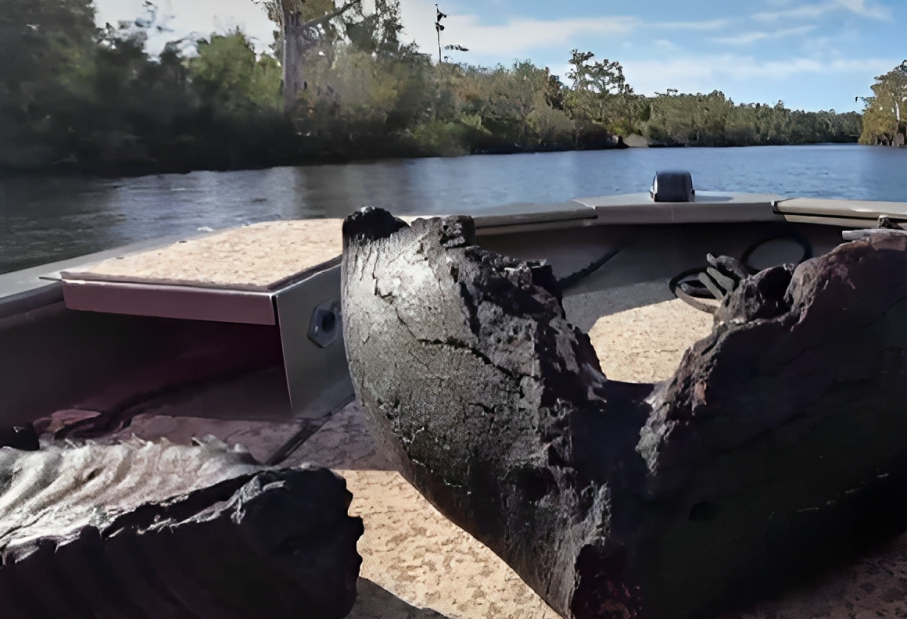
Regardless of what ends up happening to the jawbone, whether it is claimed by the state of Florida or returned to John for his personal collection after dating, it cannot be denied that the discovery is a significant one. John’s continued enthusiasm for fossil hunting will hopefully lead to more discoveries like it in the future, and the scientific community can only hold their breath waiting for the next great find.

